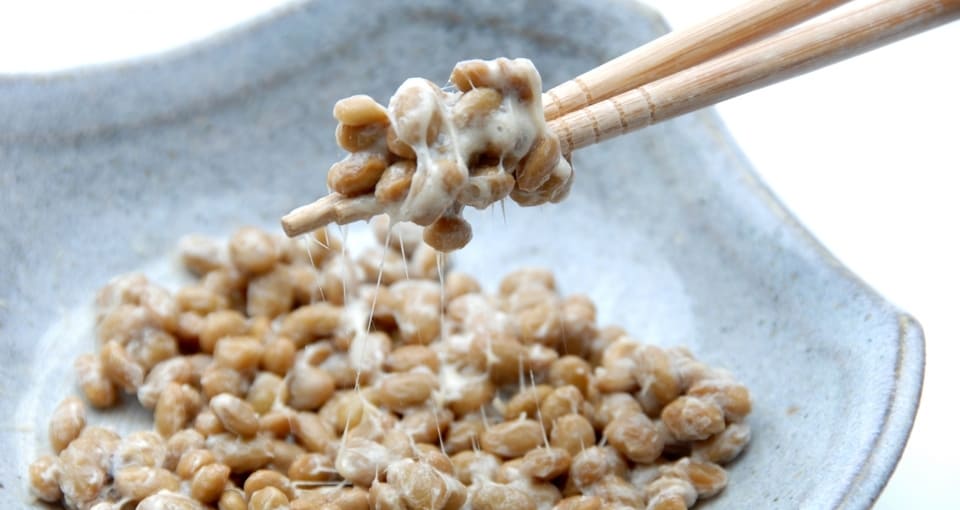Japanese food is highly evaluated worldwide for its characteristics such as “nutrition balance that supports a healthy diet” and is registered as a “UNESCO Intangible Cultural Heritage” in 2013.
Although it is a Japanese food that is highly regarded by the world, there is a food that is loved by Japanese people but is not popular with foreigners. That is natto(納豆).
When asking foreigners why they dislike natto, there are many opinions such as “It stinks,” “It forms threads,” or “The texture is unpleasant.”
Although these comments are bitter for Japanese people, indeed, foreigners are not good at natto. However, natto is excellent in nutritional value and some foreigners like it.
In this article, we will introduce you to the excellent nutritional value of natto and recommended eating methods. It is wasteful to decide not to eat natto just because you are not good at it.
What Kind of Food is Natto?
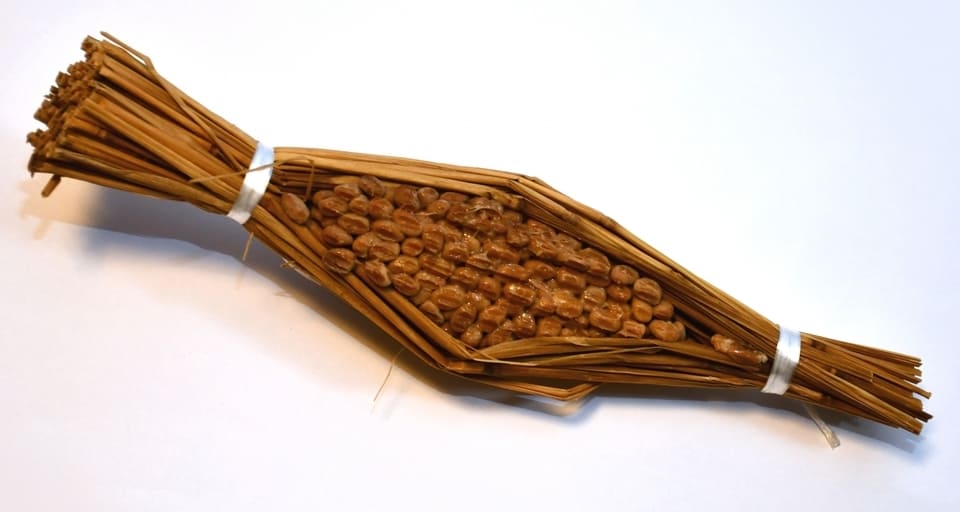
The most common reason why foreigners are not good at natto is that it stinks. Many people may think that it is rotten because of its unique smell and threads.
However, natto is not so-called rotten food. Here we would like to introduce what kind of food natto is.
Natto is a Fermented Food
Natto is one of the fermented foods. Fermentation is “degradation of food by microorganisms that changes its appearance and taste.”
This is similar to the so-called “rotting,” but fermentation decomposes foods into things that are good for the body, and rotting does it into things that are harmful to humans.
There are many fermented foods in our immediate vicinity. Dairy products such as cheese, butter, and yogurt are fermented foods by lactic acid bacteria, and alcohols such as wine, beer, and sake are fermented foods by enzymes and koji. Bread and tea are also good examples.
In fermented foods, the appearance and taste change as microorganisms decompose the original ingredients into new ingredients. Fermented foods have the following characteristics.
- Aroma and umami increase
- High nutritional value
- Easy to digest
- Excellent storage stability
Fermented milk becomes foods with different shapes and tastes, such as cheese and butter. Blue cheese is an easy-to-understand example of aging by blue mold, its aroma and taste changed, and its preservability increased.
Aged meat is also on the menu of high-class restaurants. Some of them are aged until moldy.
It is widely recognized in the world of food that microorganisms decompose foods to increase “umami” that we cannot taste with the original foods.
Natto Nutritional Value
Natto, a fermented soybean food, has a higher nutritional value than soybeans. This is another reason why Japanese people love it.
The followings are the typical nutrients contained in natto.
- Protein: 7.4g (45g of beef shoulder loin)
- Dietary fiber: 3.0 g (1/2 carrot)
- Iron: 1.5 mg (40 g of the beef liver)
- Vitamin E: 0.5 mg (1/2 tomato)
- Calcium…41mg (1/2 yogurt)
Reference: 納豆の栄養価 | おかめ納豆 タカノフーズ株式会社 (Japanese)
Japan is known as a country of longevity. The habit of eating natto may have played a role in extending the life of Japanese people.
What is the Stickiness of Natto?
The “stickiness” that foreigners are not good at also has an important role.
Natto is made by decomposing soybeans by natto bacteria. The stickiness is made up of a large amount of intertwined glutamic acid, which is produced by decomposing protein by Bacillus natto, and fructan, a type of sugar.
Glutamic acid is an element of umami and the element of delicious natto. On the other hand, fructan easily binds with minerals and has the effect of enhancing the absorption of calcium, which is a bone component.
In other words, stickiness is a factor that determines the taste of natto, and it has the role of making it easier for the body to absorb the nutrients ingested from food.
As an aside, natto’s stickiness is very absorbent. A gel-like substance that is made by applying radiation (γ-rays) to the stickiness can absorb 5 liters of water per gram. This property is utilized for paper diapers with excellent water absorption.
Also, Bacillus natto is attracting attention for a project to green the desert by burying it with plant seeds in the desert. Natto has the potential to save the world.
Reference: 納豆は地球を救う。驚愕の納豆パワー! 原 敏夫 氏 (Japanese)
How to Eat Natto
The most common way to eat natto is to put it on rice.
In this section, we will introduce how to eat natto for foreigners who have never eaten it.
- STEP 1Open the Cover
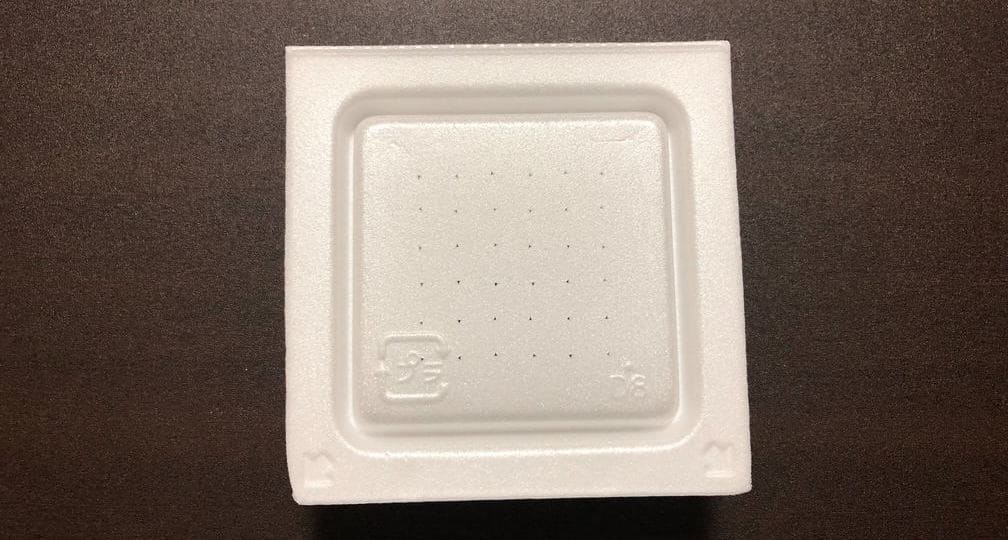
There is an arrow on the corner of the natto pack. Lift to open the cover.
- STEP 2Take Out the Sauce and Mustard
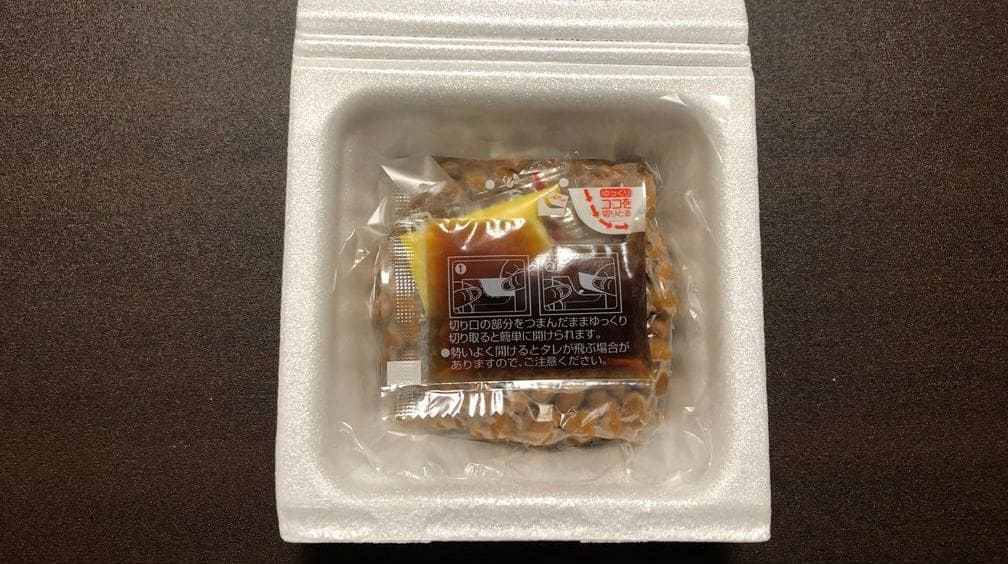
Sauce and mustard for natto are on the film. Take them out because you will use them later.
- STEP 3Remove the Film
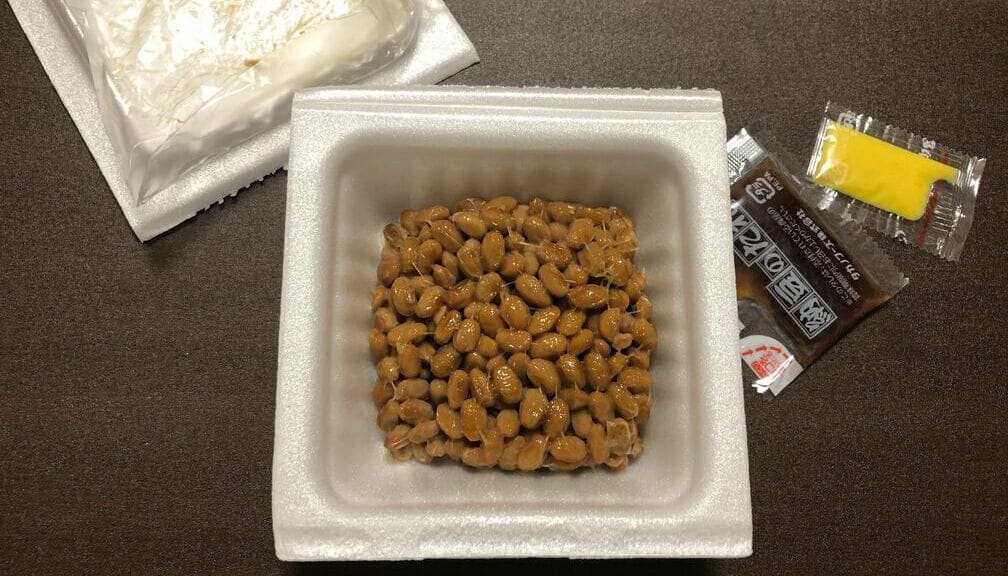
Remove the transparent film on top of natto. Do it slowly so that natto doesn’t stick to the film.
*One point advice: The recent natto pack has a detachable cover. If you attach the film to the cover and then separate it, you can move to the next step without sticking your hands with the film.
- STEP 4Mix
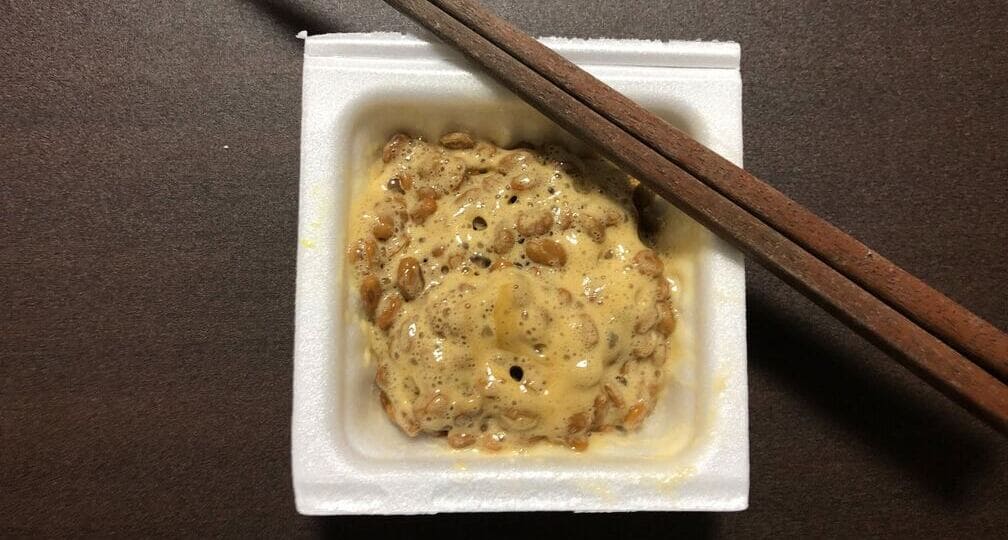
Stir the natto well, being careful not to make a hole in the bottom. If you find it difficult to stir it in the pack, move it to another container and mix.
*One point advice: Some people add sauce and mustard first and then mix them. There is a theory that if you mix it first, the area of contact with the tongue will be wider, making it easier to feel the umami.
- STEP 5Eat It on Rice
“Natto rice” is completed by putting natto on rice. This is the most popular way to eat it in Japan. You can also mix green onions and eggs if you like.
Natto Recipes
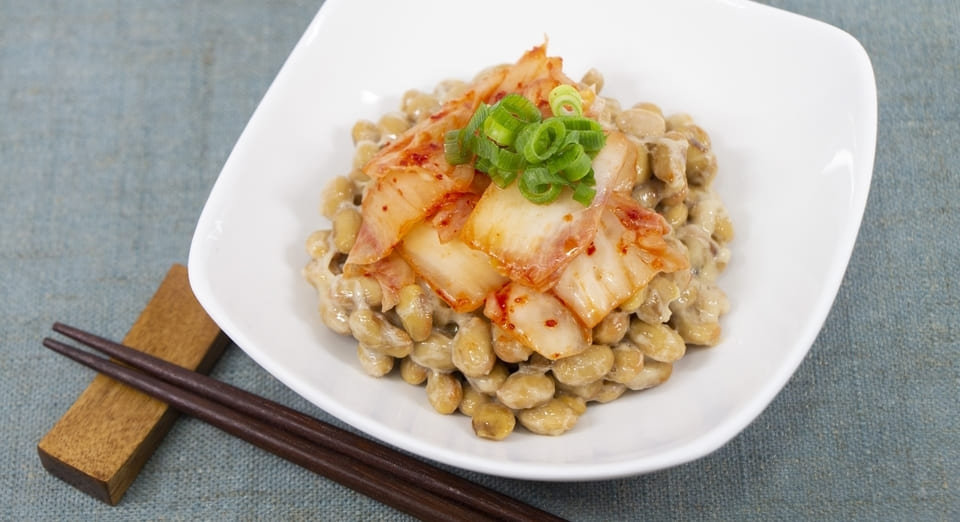
Here are some variations on how to eat natto.
As we introduced earlier, natto rice has various ideas, such as adding leeks and eggs.
Other things to add to natto rice include:
- Plum
- Dried‐bonito
- Shiso
- Dried young sardines
- Kimchi
Besides natto rice, there are some recommended ways to eat it:
- Natto pasta (Japanese)
- Natto toast (Japanese)
- Western style natto bowl (Japanese)
- Natto scrambled egg (Japanese)
- Natto fried rice (Japanese)
When combining natto with other dishes, like pasta, you can remove the stickiness by washing natto with water. The less sticky, the less taste, but can be covered by combining with other dishes.
If you are not good at the stickiness, why not try using natto after washing with water.
Conclusion
It is an organ called “taste bud” on the surface of the tongue that determines the sensation of the taste of a person. According to one theory, the number of taste buds starts to increase rapidly around the age of 8 and reach a peak at age 12 and then decline.
However, our sensation of the tastes changes as we grow up.
Natto has a high nutritional value and is loved by the Japanese. It can be said that it is a representative food of Japanese food. If you haven’t eaten it yet, please try it.

